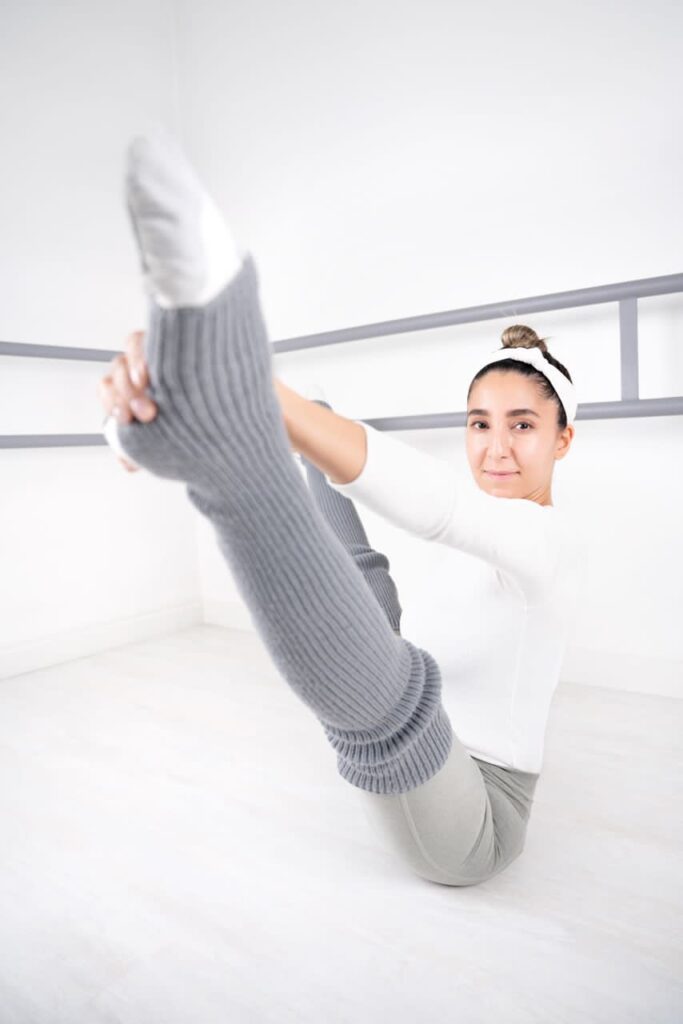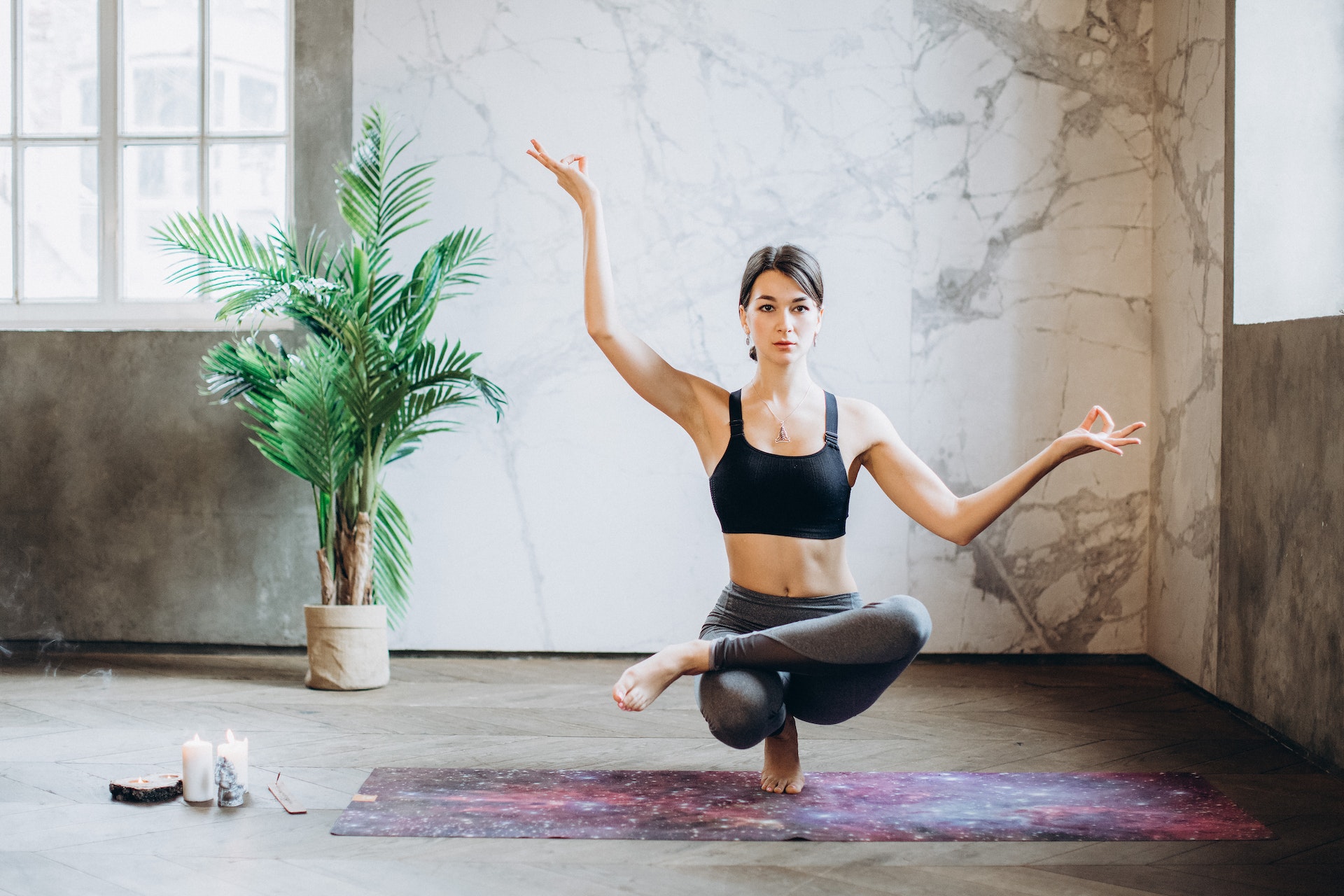1. When did you start practicing yoga and why?
I began practicing Yoga in 2009, specifically the Iyengar style, as a means to cope with the loss of my mother and improve my mental well-being.
2. What school of yoga do you practice?
Due to the significant physical and mental benefits I experienced through Yoga, I decided to pursue it further and become an instructor. Initially, I undertook yoga courses in my country’s federation under the guidance of Iranian teachers. However, in 2016, I made the decision to travel to Sharath Jois School in Mysore, India, to learn Ashtanga Yoga. This experience proved to be incredibly rewarding. Subsequently, I continued to enhance my knowledge in this field by attending various classes each year.

3. When did you start teaching yoga? We noticed that you offer offline classes, live classes and online classes, what is the main purpose of your classes?
I started teaching yoga in different schools in Tehran since 2015, but with the start of the Corona pandemic, all the schools were closed, and because I wanted to help people in this situation, I started teaching yoga online, and when I saw the effect on people’s well-being, I started to expand this method and established the first online Shala in Farsi language.
4. You have created a power brand on social media for your yoga classes, what are your views on yoga gaining massive popularity in Iran recently? Your view on social media becoming a platform for yoga validation?
My primary objective is to make Yoga accessible to the general public and dispel the misconception that it is a luxury practice. I firmly believe that Yoga benefits individuals from all walks of life, both mentally and physically. By deepening our self-awareness and finding inner peace, many of our problems can be solved.

5. What are the main differences between a led class and a self-practice form of yoga from the participants point of view? What are the advantages with both methods?
Self-practice classes enable you to understand your body, recognize your limitations and strengths. As you progress in movement or meditation, you become acutely aware of the changes within yourself. Led classes, on the other hand, teach you how to synchronize and connect with a group, fostering a sense of presence. In the Ashtanga style, this allows you to visualize and prepare for movements you have not yet learned.
6. Is yoga a way of life or a way to exercise and meditate?
In my opinion, Yoga serves both purposes. Through practice and meditation, we learn to lead a more fulfilling life. Yoga provides us with a better way to live.

7. What according to you should be done to make yoga more accessible amongst the Persian society at large?
It is crucial to cultivate awareness regarding the true nature of Yoga. Many individuals believe it only involves stretching the body, but once they witness its mental effects, they are often drawn to it. Given the economic and social challenges we face today, people are actively seeking ways to find relaxation.
8. Please tell us about the difficulties and failures of your yoga journey? What did you do to overcome them?
Initially, when I began practicing Yoga, I placed excessive physical demands on myself, resulting in numerous injuries. It took time for me to realize that asanas require mental preparation rather than only focusing on the body. Ultimately, Yoga taught me the value of patience and persistence in my training.
9. What according to you is the best definition of yoga for you?
A better way to live and get rid of darkness and inner peace








